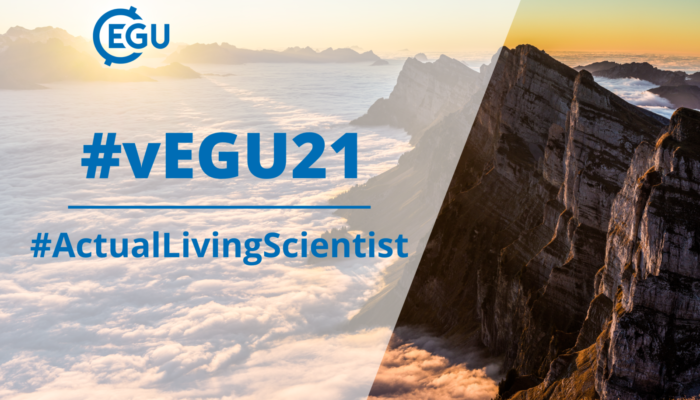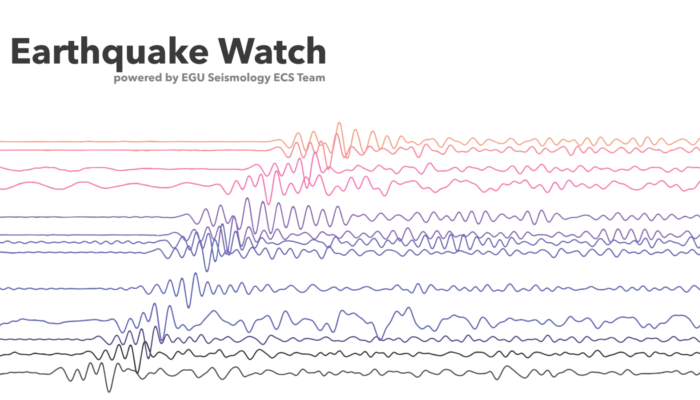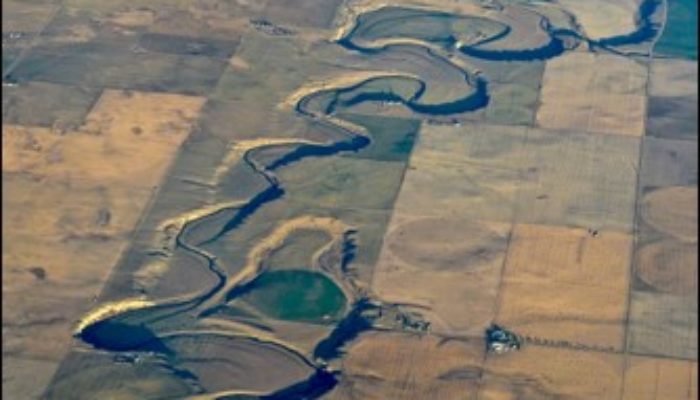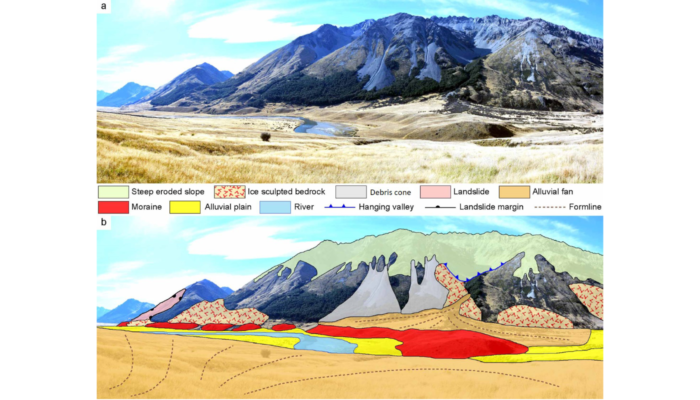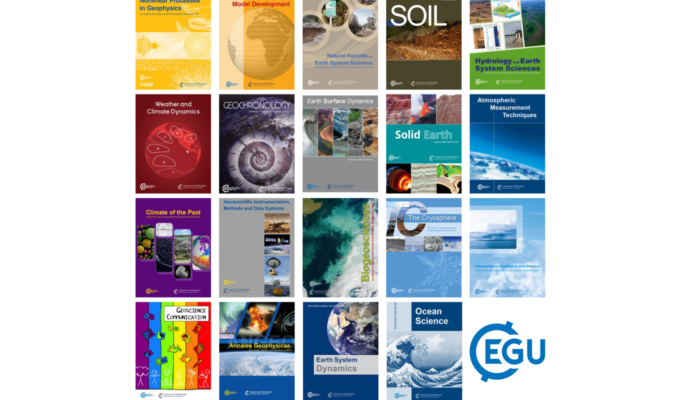11 years on from the infamous eruption and ash cloud that shut down the European airspace, there are parallels between current travel restrictions and another Icelandic eruption that’s currently in the news. 11 years ago the now infamous eruption of Eyjafjallajökull occurred. I remember that one, the ash cloud, right? Yes, that’s the one. The one that was all over the news, with stunning images of ...[Read More]
GeoLog
What’s on at vEGU21: #ActualLivingScientist
This year for vEGU21, the Union’s working group on Equality, Diversity and Inclusion (EDI) was very interested in how to increase the visibility of our wonderful and diverse community of researchers – now that we won’t be walking the halls of the Austria Centre Vienna together. Using an online initiative started in 2017 with a hashtag created by Mary Roblyer, they have created a ...[Read More]
GeoLog
How to vEGU: The EGU Code of Conduct
As part of this year’s General Assembly #vEGU21, between 19 and 30 April 2021, we are strongly committed to the principles of inclusivity and diversity and therefore require all our members and attendees to treat each other with basic courtesy and respect. This is why you may notice on all our guidelines we state that anyone who participates in #vEGU21 must behave according to the EGU Code of Cond ...[Read More]
Seismology
Earthquake Watch February: Loyalty Islands Mw 7.7
The largest earthquake during the second month of 2021 occurred on February 10th in the western Pacific, specifically to the southeast of the Loyalty Islands and New Caledonia, a seismically active region due to the convergence between the Australian Plate subducting beneath the Pacific Plate (Figure 1). This earthquake (Mw 7.7) was preceded by at least three foreshocks earthquakes M>5.5, which ...[Read More]
Stratigraphy, Sedimentology and Palaeontology
Variety is the Spice of Life
It has been a busy few months here in Calgary. Obviously, fieldwork slows in the winter due to the amount of snow on the ground (and temperatures down to -40 degrees with wind chill factored in) but there are lots of other activities on the go. One of the joys of being a consultant is having the flexibility to take on a wide variety of small projects. Virtual Presentations I have found that giving ...[Read More]
GeoLog
How to vEGU – Networking (part 1): your vEGU21 Profile and the conference Networker
This year, for our annual General Assembly, EGU and our conference provider Copernicus have been working hard to provide a much wider range of networking options than we were able to do in the very short time frame we had, in 2020. These networking options are collected into two types: the Conference Networker, with the ‘Handshake’ function; and the Pop-up Networking Scheduler. ...[Read More]
GeoLog
How to vEGU: uploading display materials, comments and the live presentation slide!
It is now just over two weeks until vEGU21 begins on 19 April and today uploading of your display materials and live presentation slides can begin! But what do you need to know about uploading and commenting?! Firstly you should know that detailed information about uploading all materials for your vPICO and other types of presentation can be found on the egu21.eu website – specificall ...[Read More]
Geomorphology
The new glacial geomorphological map from New Zealand
Glacial geomorphological mapping comparison in 3D. a – Moraine ridge in the middle section of the Ahuriri River valley with surrounding area. b – Key landscape elements are shown in the accompanying sketch. (Credit: Tielidze et al., 2021). Geomorphological maps are a fundamental tool to represent landforms and understand how different morphological elements and agents shaped a natural ...[Read More]
GeoLog
GeoRoundup: the highlights of EGU Journals published during March!
Each month we feature specific Divisions of EGU and during the monthly GeoRoundup we will be putting the journals that publish science from those Divisions at the top of the Highlights roundup. For March as we approach the General Assembly we are not highlighting any specific Division, so this month our GeoRoundup Journals will be alphabetical! All highlights for March Annales Geophy ...[Read More]
GeoLog
GeoPolicy: How to achieve policy impact
Last year, the European Commission’s Joint Research Centre (JRC) published their Science for Policy Handbook that provides advice on how to bring science to the attention of policymakers. The Handbook is divided into 19 Chapters covering different areas of science for policy as well as some of the challenges that scientists face when engaging with policy and potential solutions. This month’s GeoPo ...[Read More]


